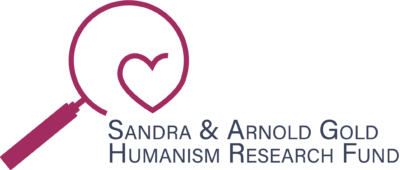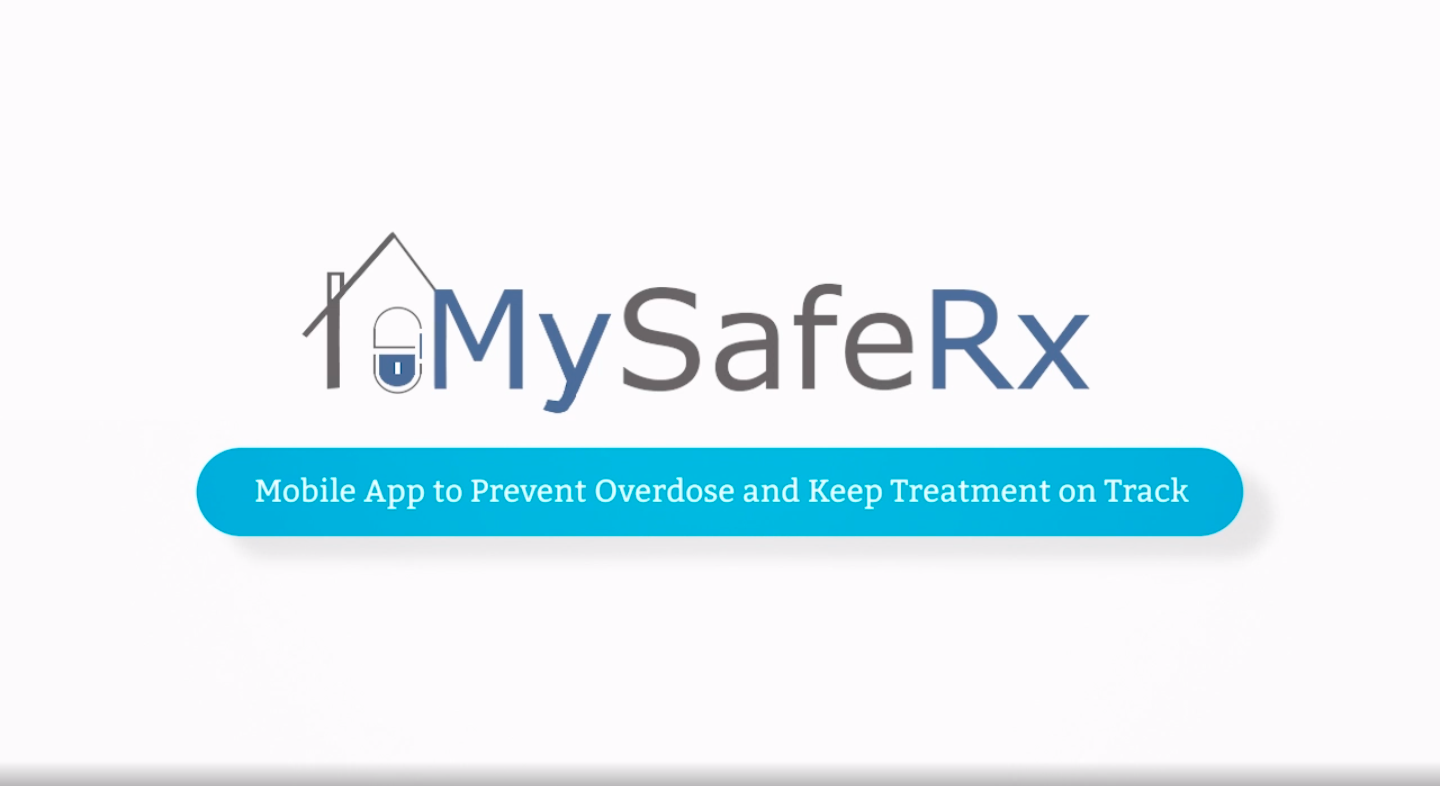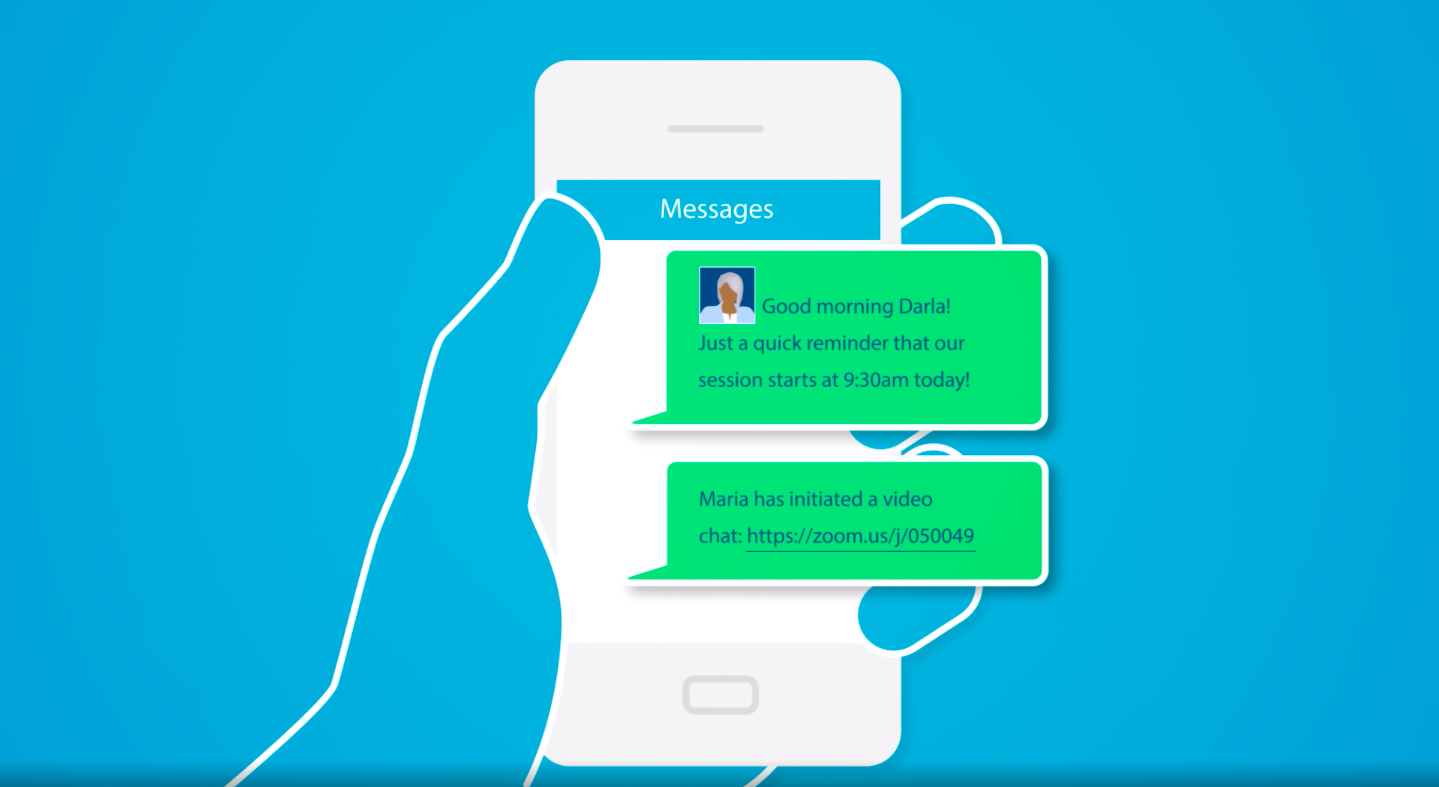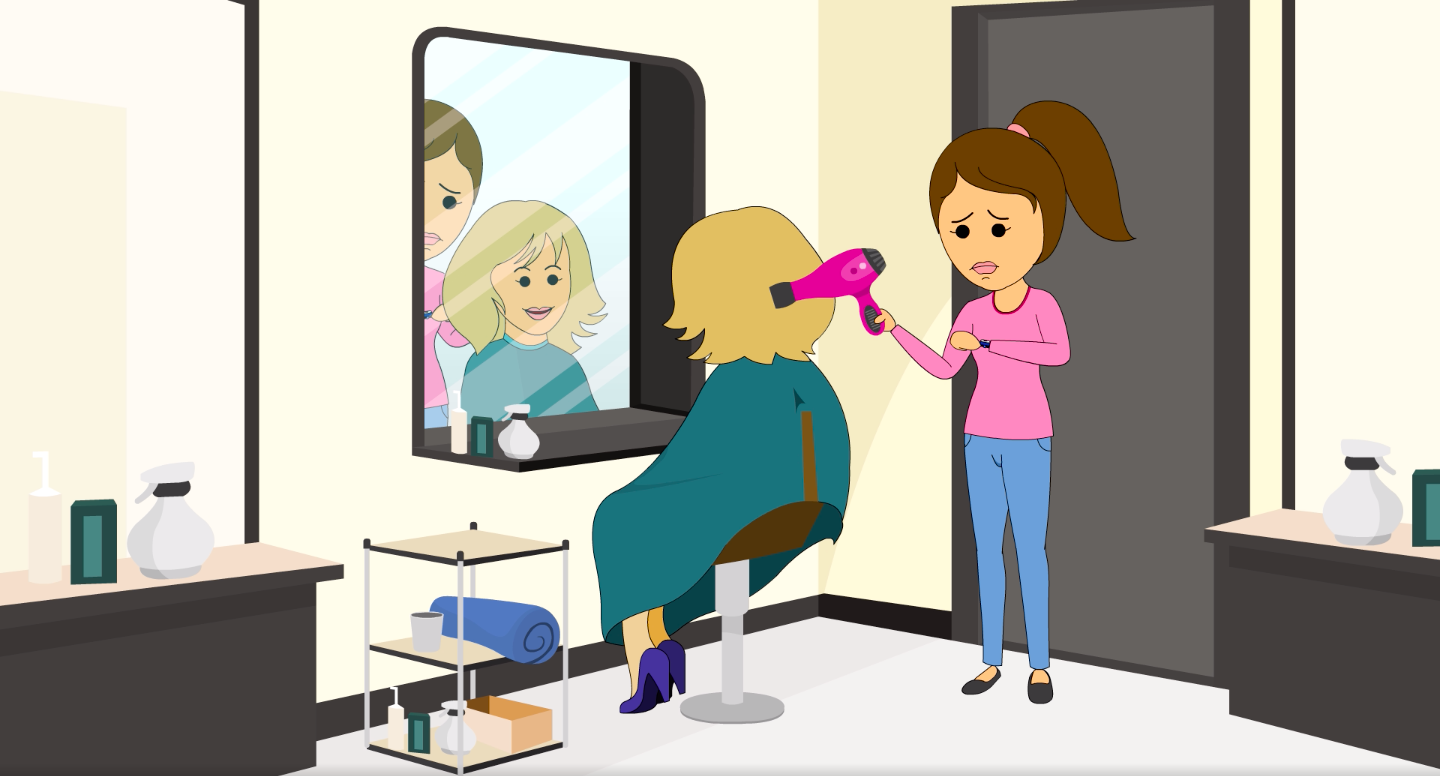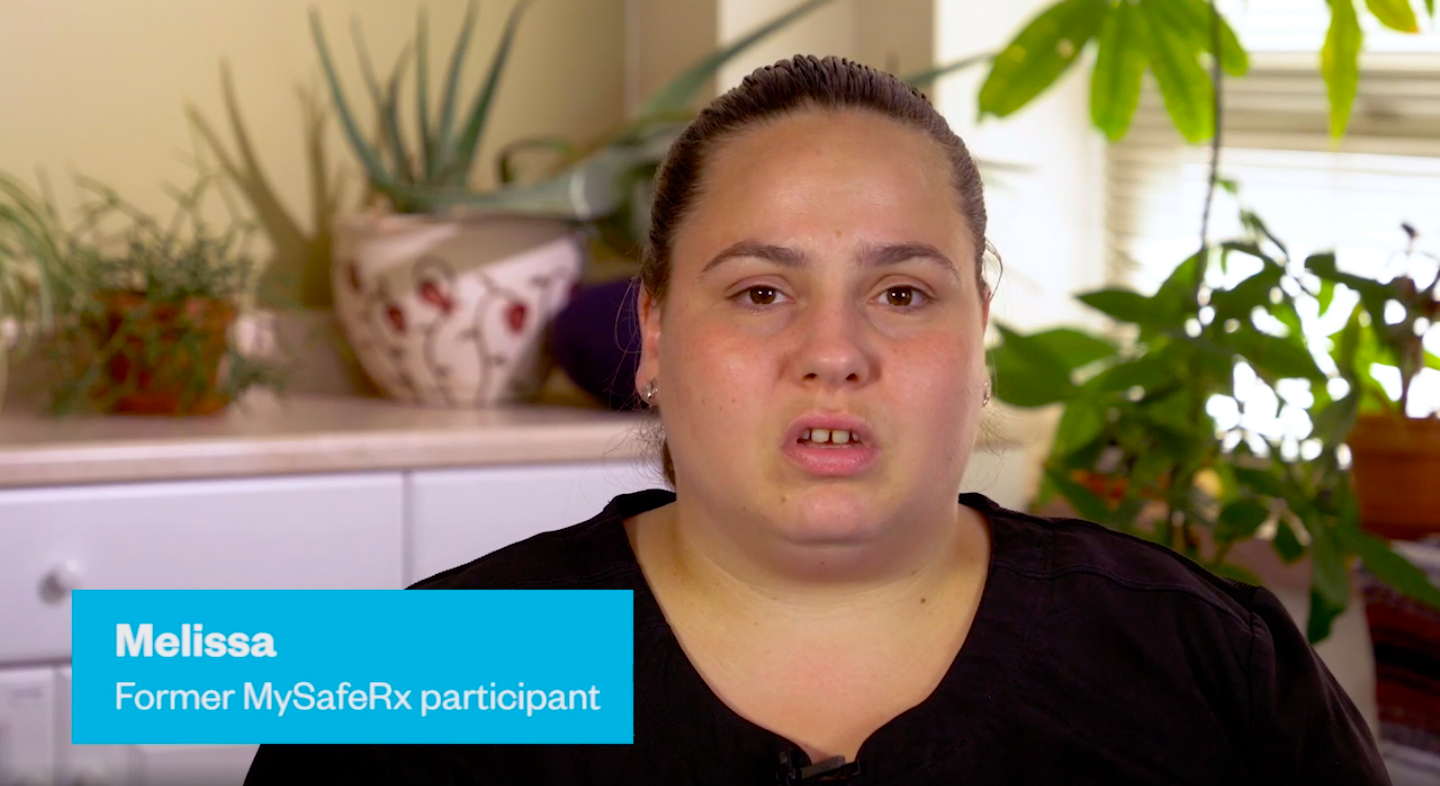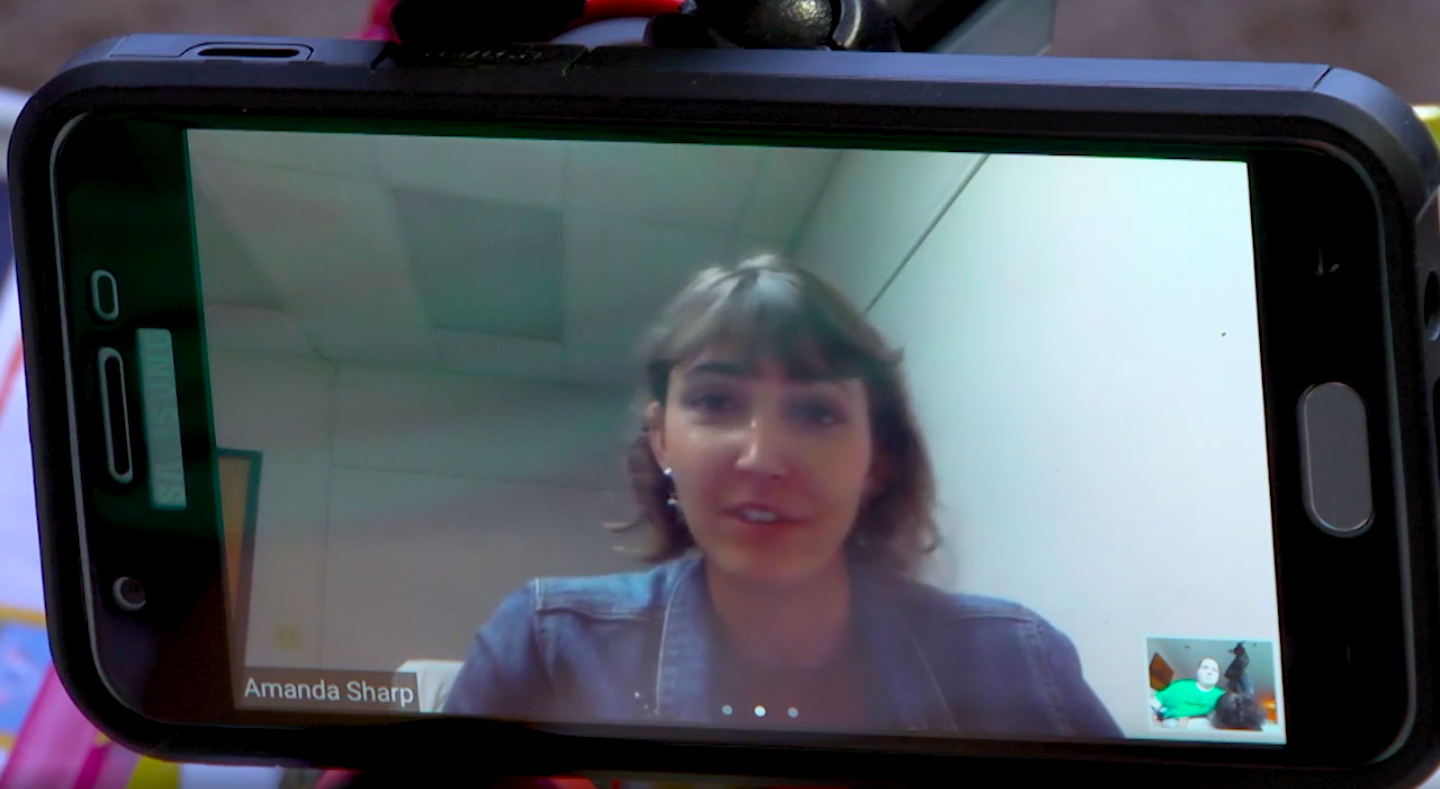
Enhancing MySafeRx Engagement in Opioid Use Disorder
MySafeRx Overview
MySafeRx is an integrated mobile platform combining medication adherence monitoring and compassionate, motivational mobile recovery coaching designed for treating opioid use disorder and reducing opioid overdoses. The MySafeRx intervention uses an Android mobile device application to integrate four key components into a novel platform for delivering remote, directly observed medication adherence monitoring of Buprenorphine (BUP) to individuals with opioid use disorder. These key components include the following: (1) mobile-based, confidential text messaging; (2) a secure electronic pill organizer system; (3) videoconference-based coaching with daily brief motivational interventions using humanistic, empathic and compassionate motivational interviewing techniques, and 4) a standardized protocol for supervised self-administration of medication and notification of clinicians when medication is not taken. Adherence of buprenorphine is important because as a partial agonist medication, it not only prevents opioid withdrawal, but when taken once daily at the correct dose it also blocks the ability to attain euphoria with other opioids and prevents overdose. By offering a comprehensive, remotely-delivered program for supervised self-administration of medication, this program provides a higher level of care for vulnerable patients during periods of instability or high overdose risk, i.e., transition from inpatient detox or residential treatment back to the community, stabilization on buprenorphine, and/or after lapse to substance use.
The MySafeRx integrated approach is well-liked by patients and demonstrated a 50% reduction in illicit opioid use within just 3 weeks (DOI: 10.1186/s13722-018-0122-4). Yet, some prescribers have difficulty explaining how the program works and showing patients how it will benefit them. For this reason, a multimedia intervention including the use of two videos that are designed to enhance engagement in MySafeRx among patients with opioid use disorder would be strongly welcomed by referring buprenorphine providers. These videos would also support engagement in the ongoing clinical studies of this approach conducted by Cambridge Health Alliance Center for Mindfulness and Compassion affiliated with the Harvard Medical School Department of Psychiatry. Clinical trials are currently underway in Massachusetts/Vermont in collaboration with Geisel School of Medicine at Dartmouth [funded by National Institute of Health/ National Institute for Drug Abuse (NIH/NIDA) (NCT02778282)] and in Florida [funded by the Center for Disease Control (CDC) (1R01CE003039-01)], as well as an ongoing qualitative interview study about the impact of empathic, humanistic coaching on buprenorphine adherence (funded by Russell Berrie Foundation).
With support from the Sandra and Arnold Gold Research Fund, we are developing an animated explainer video and patient experience videos about MySafeRx. These videos are needed to highlight the beneficial effects of mobile recovery coaching with motivational interviewing, to create awareness of this approach, and to explain the different components of the MySafeRx technology platform. These videos can be displayed in detox and residential facilities to patients considering treatment options and can be placed on the MySafeRx website for people considering the treatment option. The videos will assist with the marketing of and recruitment for MySafeRx projects, as well as help to gain attention from prescribers, community members, prospective patients, and potentially loved ones of individuals who have an opioid use disorder who are browsing the MySafeRx website. If MySafeRx continues to be successful in clinical trials, the multimedia intervention will be included as part of a nationwide dissemination of the MySafeRx approach.
Innovative Technology
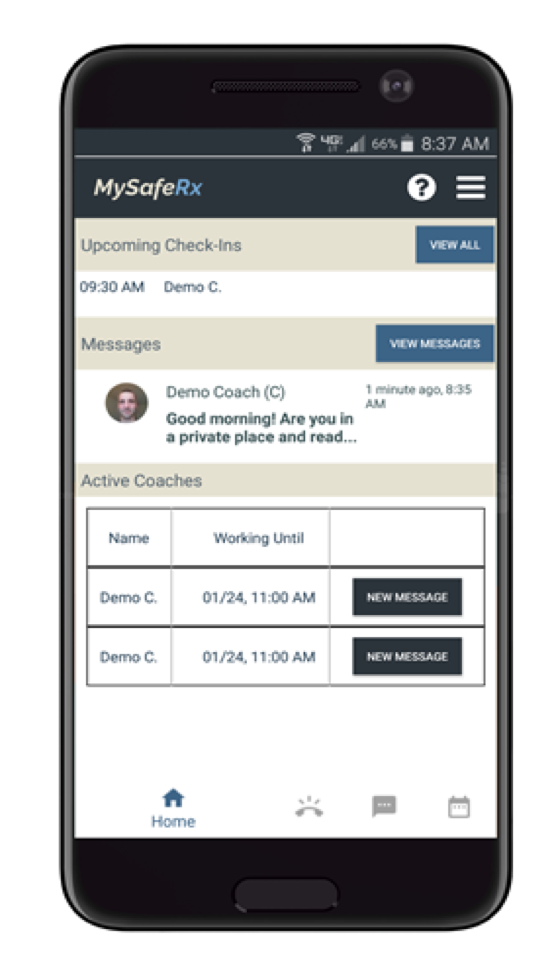
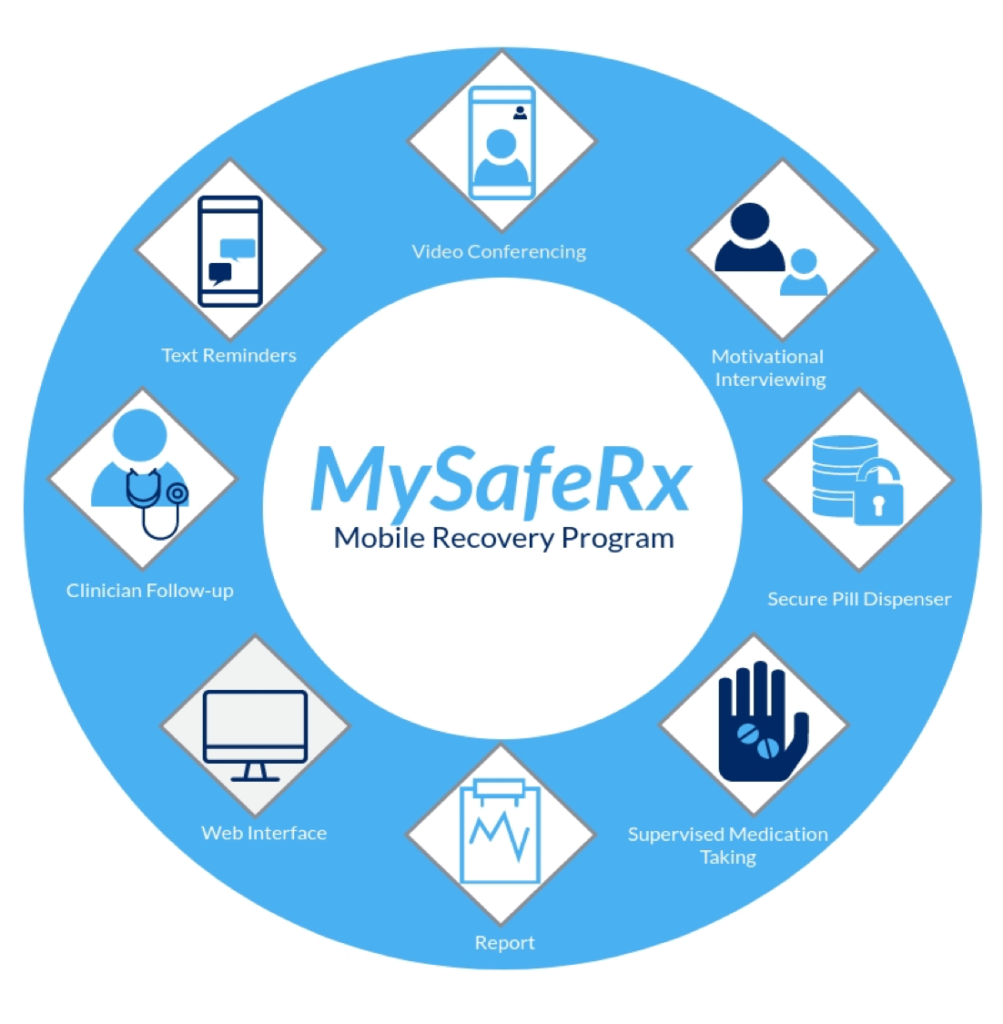
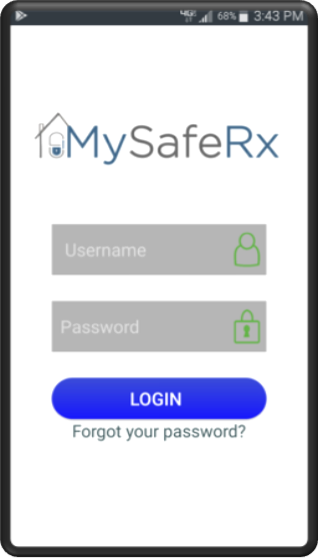
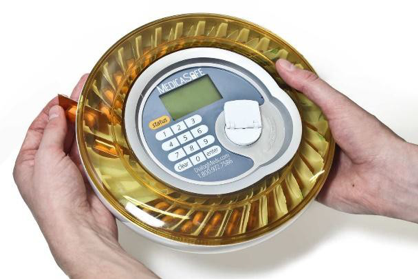
Video Library
These 6 animated explainer and patient experience videos highlight the benefits of participation in and collaboration with the MySafeRx platform. These videos are currently used to introduce and explain the platform during participant recruitment. They also have been featured in detox facilities for patients considering treatment options.
This video provides a personal overview of MySafeRx from the perspective of a former participant, current recovery coaches and clinical staff. The target audience includes prospective program participants, prospective clinical partners, and potential funders.
This video provides an animated overview of the various components of the MySafeRx platform, including daily mobile recovery coaching and the mobile application. The target audience includes prospective MySafeRx patients/participants, health care providers, and family or loved ones of those with Opioid Use Disorder.
This video illustrates the animated story of Jane, a mother balancing logistics of getting to clinic for treatment while running a business and raising her children. Target audience includes parents who may be interested in learning more about the convenience of remote medication taking and recovery coaching from home.
This video illustrates the stories of Tom and Brittany, individuals trying to get to clinic despite multiple additional stressors. The target audience includes patients looking to simplify their daily routine around medication taking so they can spend less time in traffic or at the clinic, and more time pursuing activities they enjoy.
This video provides a personal overview of MySafeRx from the perspective of a former program participant, Melissa. The video details her journey with addiction in the years and months leading up to her participation in MySafeRx, as well as her time participating in the program and the continued recovery steps she’s taken in pursuing career and personal goals since her time in MySafeRx.
This video provides a personal overview of MySafeRx from the perspective of current recovery coaches and clinicians working as part of the MySafeRx clinical team. The target audience includes prospective program participants, prospective clinical partners, and potential funders.
